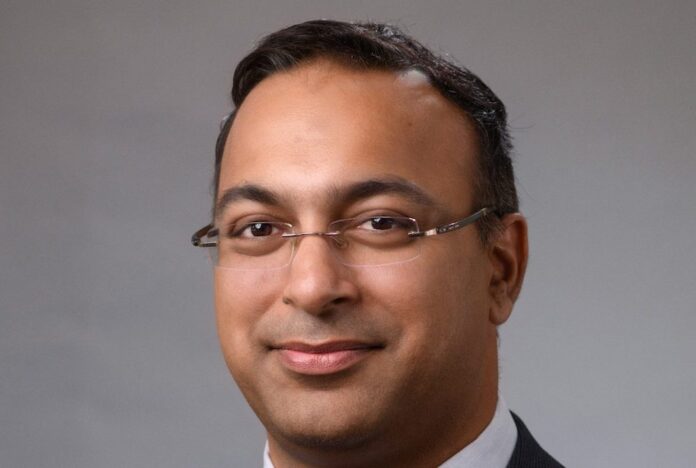Lively and independent operator feels like a new RAN
Network software specialist Mavenir claims it has converted a German mobile virtual network operator (MVNO) into a bona fide mobile network operator (MNO) with its digital enablement system. Though MNOs may divest themselves of infrastructure, without their own differentiators, they will always be mere also-rans if they lack the key factors of independence, it said.
The key to the German telco’s transformation was the equivalent of digital organ transplants in which the legacy system was given a new radio access network (RAN), Core, and systems for IT, business support (BSS) and charging. The Mavenir Digital Enablement (MDE) created the cloud software conditions in which a converged charging system (CCS) and a charging gateway function (CGF) could be installed to support charging on a blend of 4G and 5G network technology.
The first set of services to launched by the newly independent MNO include a 5G fixed wireless access service (FWA) and expected to go live late in 2022. The new network is designed to deliver charging for voice, messaging, data and the internet of things (IoT) with an infrastructure that can be continually integrated and delivered (CI/CD) over the next two years.
Sandeep Singh, Mavenir’s Digital Business Enablement, said the MVNO had 15 million customers buying fixed broadband, mobile and TV services. When it bought 5G spectrum in Germany’s recent auction it gained the impetus to transform into an MNO with its own Access, Core and IT infrastructure. This is where Mavenir stepped in to provide the ‘heart transplant’. While MVNOs may have digital engagement channels and light BSS and customer management modules, they lack a core and an access infrastructure, which is a barrier to operating with passion and independence, according to Singh.
“The operator was classed as an MVNO because it had to rely on multiple MNOs for access and core network infrastructure,” said Singh. Mavenir gave it what it needed: a pure cloud portfolio that was open, adaptable and quick. This new set of cloud-embedded code helped the core and charging systems make a difficult transition by translating every old function into a clearly delineated set of independent instructions for the new way of doing things. It also addressed all the key pain points.
“The presence of disparate billing systems, provided by the different MNOs who leased their capacity to this service provider, created a spaghetti ecosystem,” said Singh. The existing system had cluttered interfaces which meant that efficient Kubernetes-style container systems were not an option. That made them more expensive to run, so converting the software to be container-compatible then created major cost savings for the would-be MNO.
“For any network to run, we need a fully functional RAN, backed by a robust core, BSS and IT systems. Ownership of these qualifies a service provider as a full-fledged MNO,” said Singh.
“There is no alternative way of building your own infrastructure when you want complete control over the customer experience,” said Singh. The MNO wants to be first mover in a market targeted towards building modern services around 5G RAN and core infrastructure. There’s a shift to the cloudification of as much physical infrastructure as possible and most network nodes are software driven, and a gradual transition to cloud hosting is also taking place, said Singh.
Though MNOs may divest themselves of certain clunky parts of their infrastructure, they keep a tight rein on the critical factors like the Quality of Experience, throughput and latency. If MNOs are going to run their own tasks, such as setting up new services paid for by subscribers, they need do it quickly, said Singh.
“From opting in for a service, to eSIM activation to plan purchase. Everything is done online, in a jiffy!” said Singh. “Service providers look for ways to stay nimble and agile. They want to keep their operations to the minimum and productivity to the maximum. This becomes a part of the culture that helps deliver success for them.”
Without investing in a truly 5G compatible core, charging and other infrastructure, no operator can run 5G efficiently, according to Singh.


